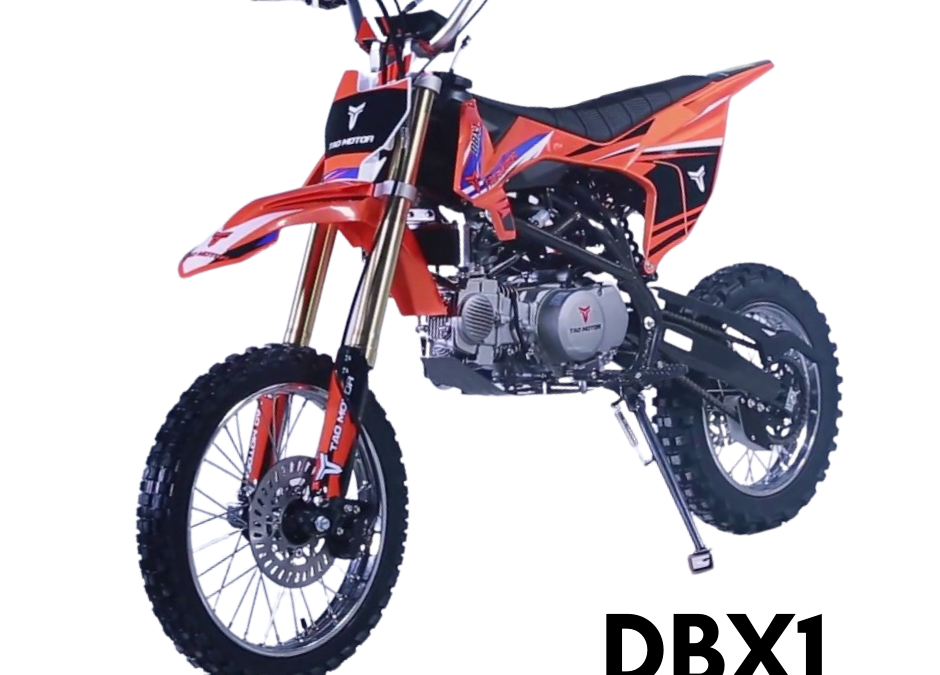When buying an e-scooter, there are several important factors to consider. Here’s a list of key things you need to know:
- Intended Use: Determine your intended use for the e-scooter. Are you planning to use it for commuting, leisurely rides, or off-road adventures? Understanding your specific needs will help you choose the right type of e-scooter.
- Legal Regulations: Familiarize yourself with the local regulations and laws regarding e-scooter usage in your area. Check whether there are any restrictions on speed, age requirements, helmet usage, and where e-scooters are permitted to be ridden (sidewalks, bike lanes, roads, etc.).
- Range and Battery Life: Consider the range and battery life of the e-scooter. Range refers to the distance the scooter can travel on a single charge. Ensure that the e-scooter’s range matches your typical riding distance or commuting needs. Additionally, check the battery charging time and the estimated lifespan of the battery.
- Speed and Power: Determine the desired speed and power of the e-scooter. Consider factors such as motor wattage and top speed. Higher motor wattage generally provides more power and acceleration, resulting in higher speeds. Make sure the e-scooter’s speed capabilities align with your preferences and any local speed limits.
- Weight and Portability: Evaluate the weight and portability of the e-scooter, especially if you plan to carry it on public transportation or need to store it in small spaces. Lighter e-scooters are typically easier to handle and transport.
- Build Quality and Durability: Assess the build quality and durability of the e-scooter. Look for sturdy materials that can withstand regular use and potential impacts. Check for features such as solid construction, quality tires, and reliable braking systems.
- Suspension and Comfort: Consider the presence of suspension systems in the e-scooter. Suspension helps absorb shocks and provides a smoother ride, especially when encountering bumps or uneven terrain. Comfortable handlebar grips and an ergonomic design are also worth considering for longer rides.
- Safety Features: Look for safety features such as front and rear lights, reflectors, and a horn or bell. Some e-scooters may also offer additional safety features like disc brakes, anti-lock braking systems (ABS), or electronic stability control (ESC).
- Price and Budget: Determine your budget for the e-scooter and compare prices from different brands and models. Consider the features, performance, and overall value offered by each e-scooter within your budget range.
- Reviews and Recommendations: Research customer reviews and recommendations for the e-scooters you are considering. Pay attention to feedback on reliability, performance, battery life, customer support, and any potential issues.
By considering these factors, you can make a more informed decision when buying an e-scooter that best suits your needs, preferences, and budget.

